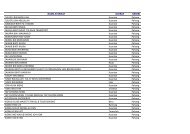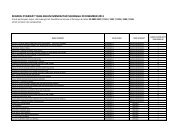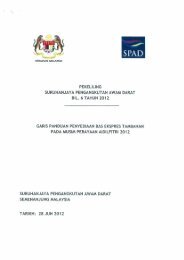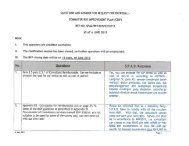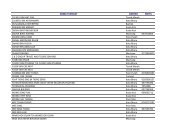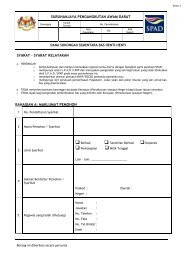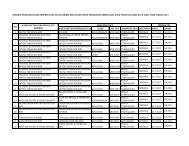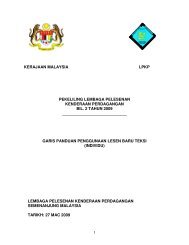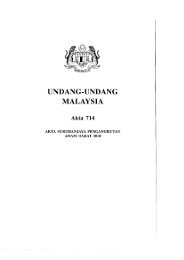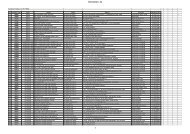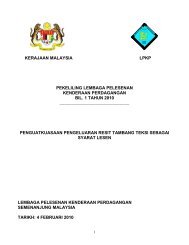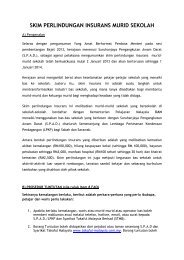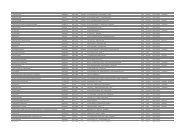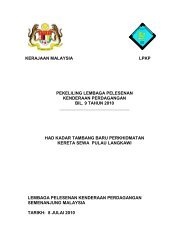4. Developing the Taxi Transformation Plan - SPAD
4. Developing the Taxi Transformation Plan - SPAD
4. Developing the Taxi Transformation Plan - SPAD
Create successful ePaper yourself
Turn your PDF publications into a flip-book with our unique Google optimized e-Paper software.
High<br />
Low<br />
<strong>4.</strong>3) Initiative 1 – Regulatory Framework<br />
<strong>4.</strong>3.1) Supply and Demand<br />
The regulatory framework should seek to balance supply with demand for taxi services in order<br />
to ensure that movement and economic growth is not restrained and <strong>the</strong>re is not over<br />
competition resulting in a reduction of quality. There is currently no barrier to market entry in<br />
<strong>the</strong> GKL/KV region o<strong>the</strong>r than <strong>the</strong> purchase or rental costs associated with <strong>the</strong> vehicle. This<br />
along with <strong>the</strong> deficiencies in o<strong>the</strong>r modes of public transport has seen a level of taxi provision<br />
which is far higher than in <strong>the</strong> o<strong>the</strong>r cities considered as part of <strong>the</strong> international<br />
benchmarking exercise.<br />
The lack of available data on current demand makes it difficult to identify a <strong>the</strong>oretical<br />
optimum level of supply. However <strong>the</strong> characteristics of <strong>the</strong> market, (deterioration of quality,<br />
general abundance of vehicles and reluctance to use <strong>the</strong> meter) along with <strong>the</strong> benchmarking<br />
exercise suggest <strong>the</strong> market is beginning to become unbalanced and is actually over supplied.<br />
If this trend continues <strong>the</strong> market may fall fur<strong>the</strong>r out of balance with a potential increase in<br />
congestion and environmental impacts in addition to fur<strong>the</strong>r deteriorating quality of service.<br />
However in order to correct this we would not advocate controlling <strong>the</strong> number of vehicle<br />
licences or indeed removing licences to reduce <strong>the</strong> current number.<br />
The TTP recommends a market led approach is adopted along with enhanced quality standards<br />
and tightened licensing requirements. Indeed this emphasis on quality regulation ra<strong>the</strong>r than<br />
numerical regulation is <strong>the</strong> World Bank‟s favoured approach along with <strong>the</strong> method that is<br />
successfully employed in cities such as London and Dublin. The recommended quality<br />
improvements are set out under <strong>the</strong> fur<strong>the</strong>r relevant objectives.<br />
Figure <strong>4.</strong>2: Supply Demand Relationship<br />
Demand<br />
Under Supply<br />
Increased public waiting time<br />
Public dissatisfaction<br />
Limited mobility<br />
Economic development restricted<br />
Market Equilibrium<br />
Balanced supply and demand<br />
Market Equilibrium<br />
Balanced supply and demand<br />
Over Supply<br />
Congestion<br />
Over competition<br />
Reduction in quality<br />
Reduced driver revenue<br />
Low<br />
Supply<br />
High<br />
Page 38



